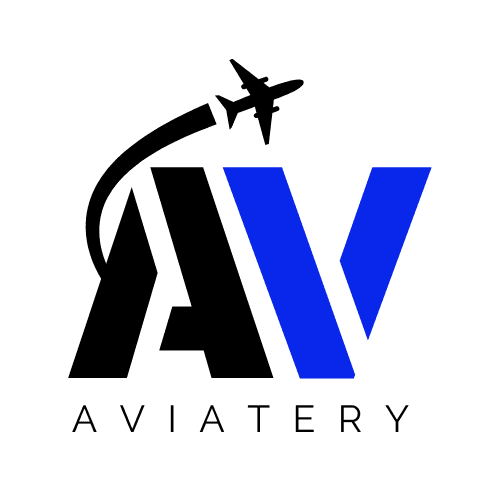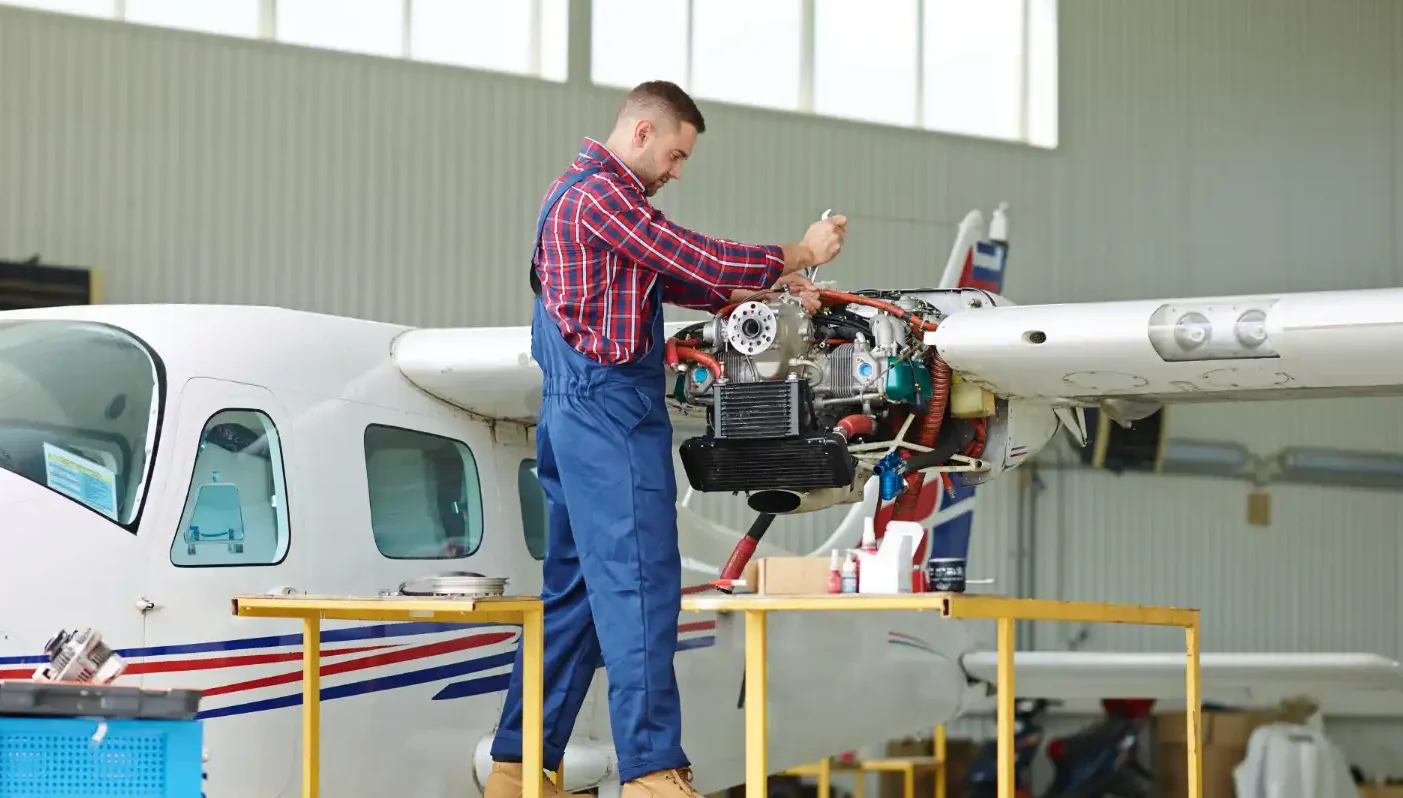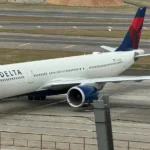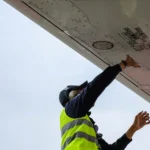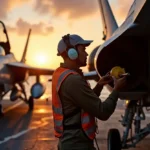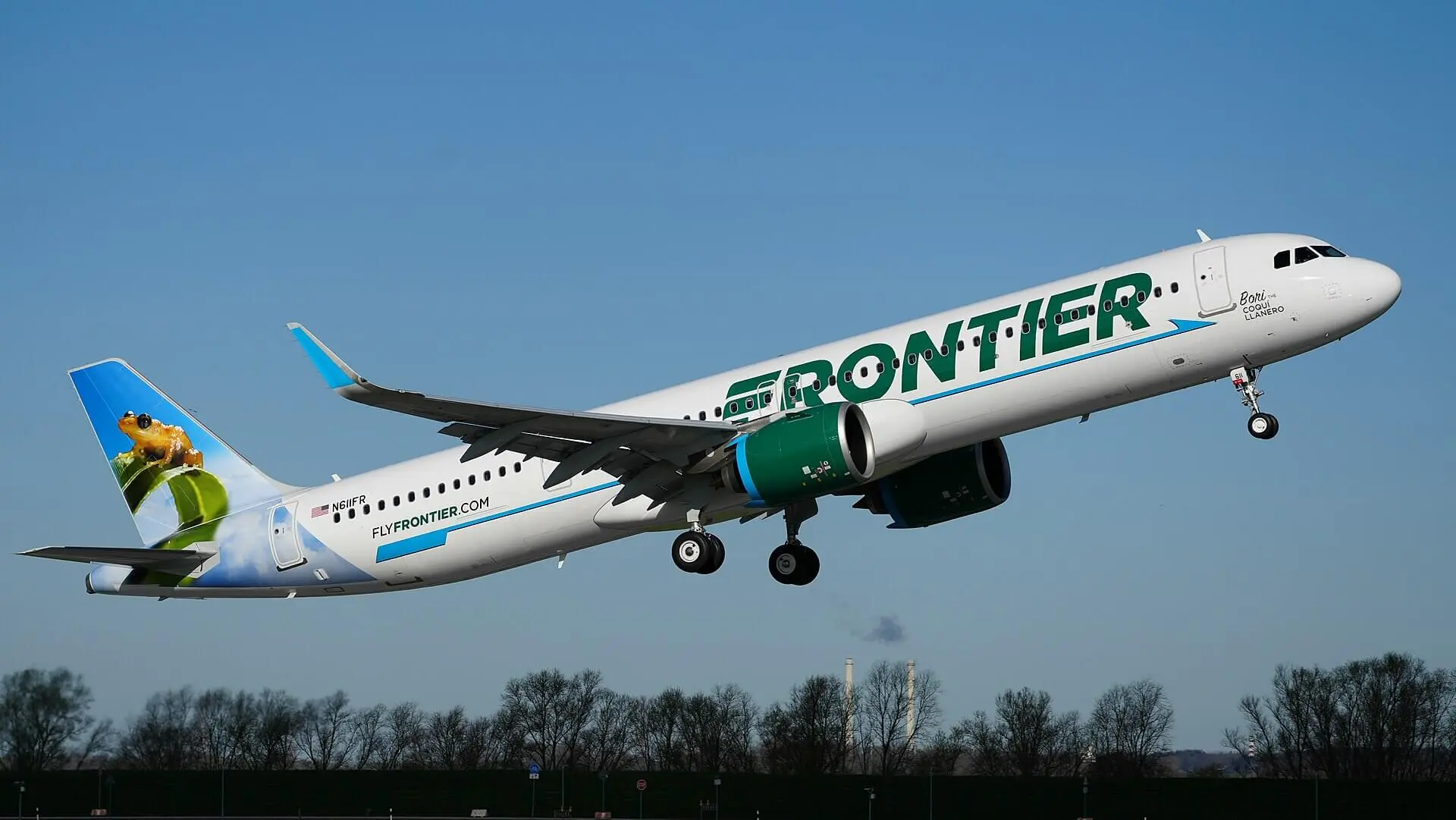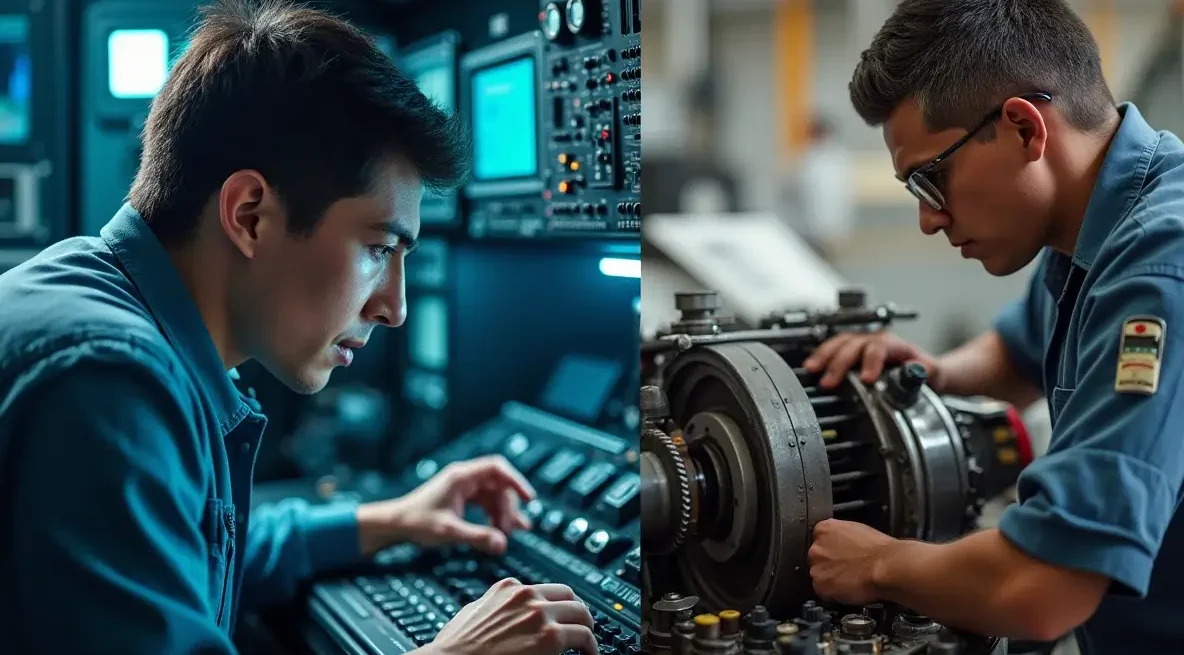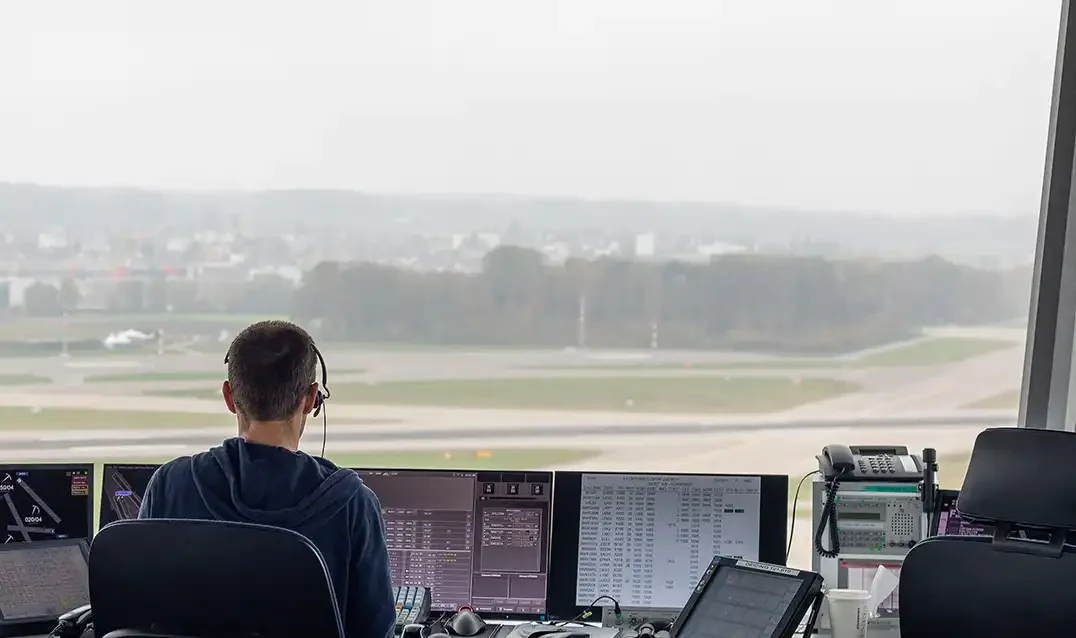Breaking Into the Aviation Maintenance Technician Field
The role of an aviation maintenance technician is critical in ensuring the safety and reliability of aircraft worldwide. These skilled professionals work behind the scenes to inspect, repair, and maintain everything from small private planes to massive commercial airliners. However, becoming a successful aviation maintenance technician isn’t as straightforward as many educational programs would have you believe. The aviation maintenance industry is highly regulated, technically demanding, and constantly evolving with new technologies and procedures.
What Does an Aviation Maintenance Technician Actually Do?
An aviation maintenance technician is responsible for ensuring aircraft are safe, functional, and compliant with all Federal Aviation Administration (FAA) regulations. Their day-to-day duties typically include:
- Performing scheduled maintenance inspections
- Diagnosing and troubleshooting mechanical or electrical issues
- Repairing or replacing damaged components
- Completing precise documentation of all work performed
- Testing aircraft systems to ensure proper functionality
- Conducting pre-flight safety checks
According to the Bureau of Labor Statistics, the median annual wage for aircraft mechanics and service technicians was approximately $65,380 as of 2023, with employment opportunities expected to grow 5% through 2032.

The Hidden Challenges of Becoming an Aviation Maintenance Technician
What many aspiring technicians don’t realize is that becoming a certified aviation maintenance technician requires far more than just technical knowledge. The path to certification involves:
- Completing an FAA-approved training program (typically 18-24 months)
- Acquiring 1,900 hours of practical experience
- Passing rigorous written, oral, and practical exams
- Obtaining specialized certifications for different aircraft types
- Continuous learning to keep up with evolving aircraft technology
“The dropout rate for aviation maintenance technician programs hovers around 30% nationwide,” notes Dr. Michael Reynolds, Director of Aviation Programs at Central Florida Aeronautical Academy. “Many students underestimate the mathematical and physics knowledge required to truly understand aircraft systems.”
How to Choose the Right Aviation Maintenance Technician Program
Selecting the right training program is perhaps the most critical decision an aspiring aviation maintenance technician will make. When evaluating schools, consider:
- FAA Part 147 certification (mandatory)
- Job placement rates for graduates
- Industry partnerships with airlines or maintenance facilities
- Available equipment and training aircraft
- Instructor qualifications and industry experience
- Financial aid options and total program cost
The Aviation Technician Education Council reports that programs with strong industry connections place nearly 90% of their graduates within six months of completion, compared to just 60% for programs without such partnerships.
Additionally, look for programs that offer exposure to both traditional mechanical systems and newer electronic diagnostic equipment. Modern aircraft increasingly rely on complex digital systems, so aviation maintenance technicians must be comfortable with both wrenches and computers.
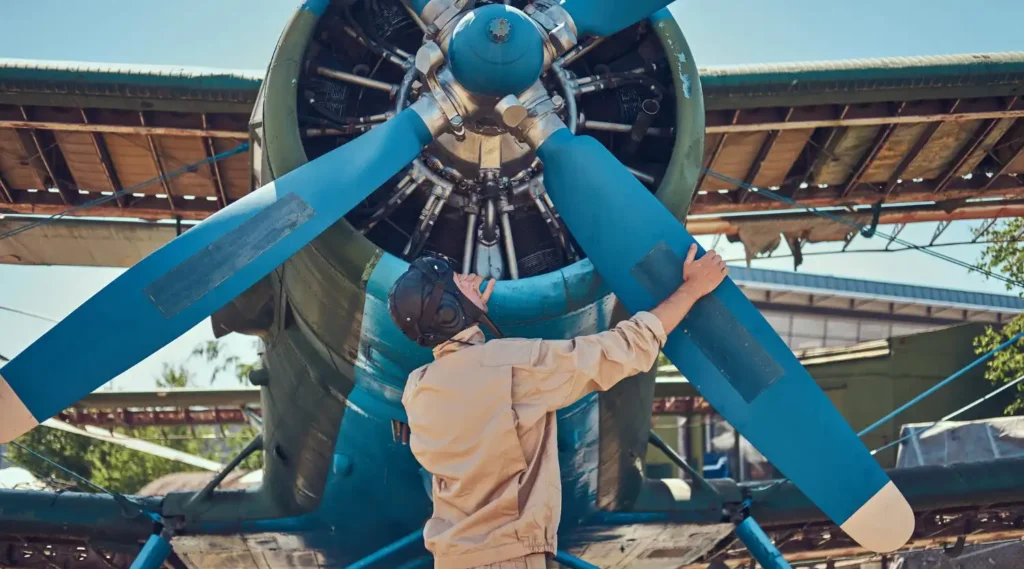
Career Advancement Paths for Aviation Maintenance Technicians
The career trajectory for an aviation maintenance technician can lead to numerous specialized roles, including:
- Lead Technician or Crew Chief
- Avionics Specialist
- Inspector
- Maintenance Supervisor
- Director of Maintenance
- Technical Trainer or Educator
Many technicians also pursue additional certifications like the Airframe and Powerplant (A&P) license, which significantly increases earning potential. According to JSfirm.com, an aviation employment website, technicians with specialized certifications and 10+ years of experience can earn well over $100,000 annually, particularly in regions with high concentrations of aviation industry employers.
The global nature of aviation means that qualified aviation maintenance technicians can find opportunities worldwide, with many professionals pursuing contracts with international airlines or maintenance facilities.
FAQ About Aviation Maintenance Technicians
What’s the difference between an A&P license and an AMT certification?
An Aviation Maintenance Technician (AMT) is a general term for someone who works on aircraft, while an A&P (Airframe and Powerplant) license is a specific FAA certification that permits a technician to work independently on aircraft structures (airframe) and engines (powerplant). Most professional aviation maintenance technicians pursue their A&P license as it significantly enhances job opportunities.
Are there physical requirements to become an aviation maintenance technician?
Yes, the job requires good manual dexterity, normal color vision (to distinguish between color-coded wires and components), and the ability to work in confined spaces. Technicians must also be able to lift at least 30-50 pounds and sometimes work in uncomfortable positions for extended periods.
How long does it take to become fully certified as an aviation maintenance technician?
The standard path requires approximately 2-4 years: 18-24 months in an FAA-approved school program, followed by passing the necessary exams. Some accelerated programs exist, but most employers prefer candidates with thorough training. Military-trained technicians can often receive credit for their service experience.
What industries hire aviation maintenance technicians besides commercial airlines?
Beyond commercial airlines, aviation maintenance technicians find employment with cargo carriers, corporate flight departments, helicopter operators, aircraft manufacturers, maintenance repair organizations (MROs), government agencies like the FAA, military contractors, and educational institutions.
Is it possible to specialize in certain aircraft types as an aviation maintenance technician?
Absolutely. Many technicians specialize in specific aircraft categories (rotorcraft, fixed-wing, jets) or even specific models. Manufacturer-specific training programs from companies like Boeing or Airbus can lead to specialized certification that commands higher salaries but may limit mobility between different fleet types.
How is new technology changing the aviation maintenance technician field?
The field is rapidly evolving with the introduction of composite materials, advanced avionics, and predictive maintenance technologies. Modern technicians increasingly use tablets, specialized software, and even augmented reality tools for troubleshooting. Additionally, drone technology and robotics are beginning to assist in visual inspections of hard-to-reach areas.
Share Your Thoughts: We Value Your Feedback!
